New York exhibition celebrates Maria Pergay, the ‘pioneer’ of metal furniture
‘Precious Strength: Maria Pergay Across the Decades’ is on show at New York gallery Demisch Danant (until 30 November)
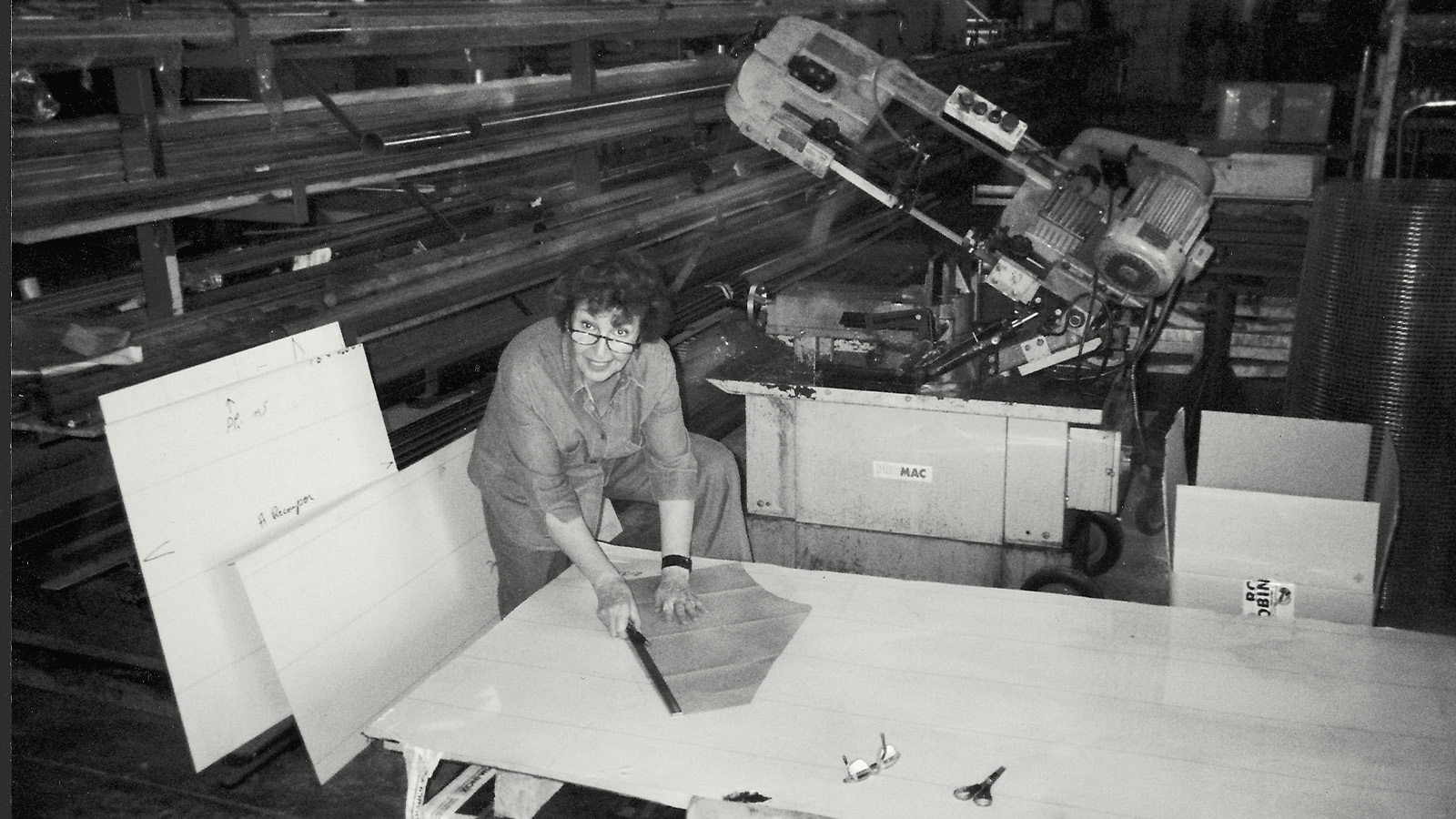
For more than 50 years, the French designer Maria Pergay created playful yet elegant furniture that pushed the boundaries of style and convention. Now, one year after her death at the age of 93, New York gallery Demisch Danant is staging an exhibition celebrating her work: ‘Precious Strength: Maria Pergay Across the Decades’ (24 October to 30 November 2024).
‘Precious Strength: Maria Pergay Across the Decades’
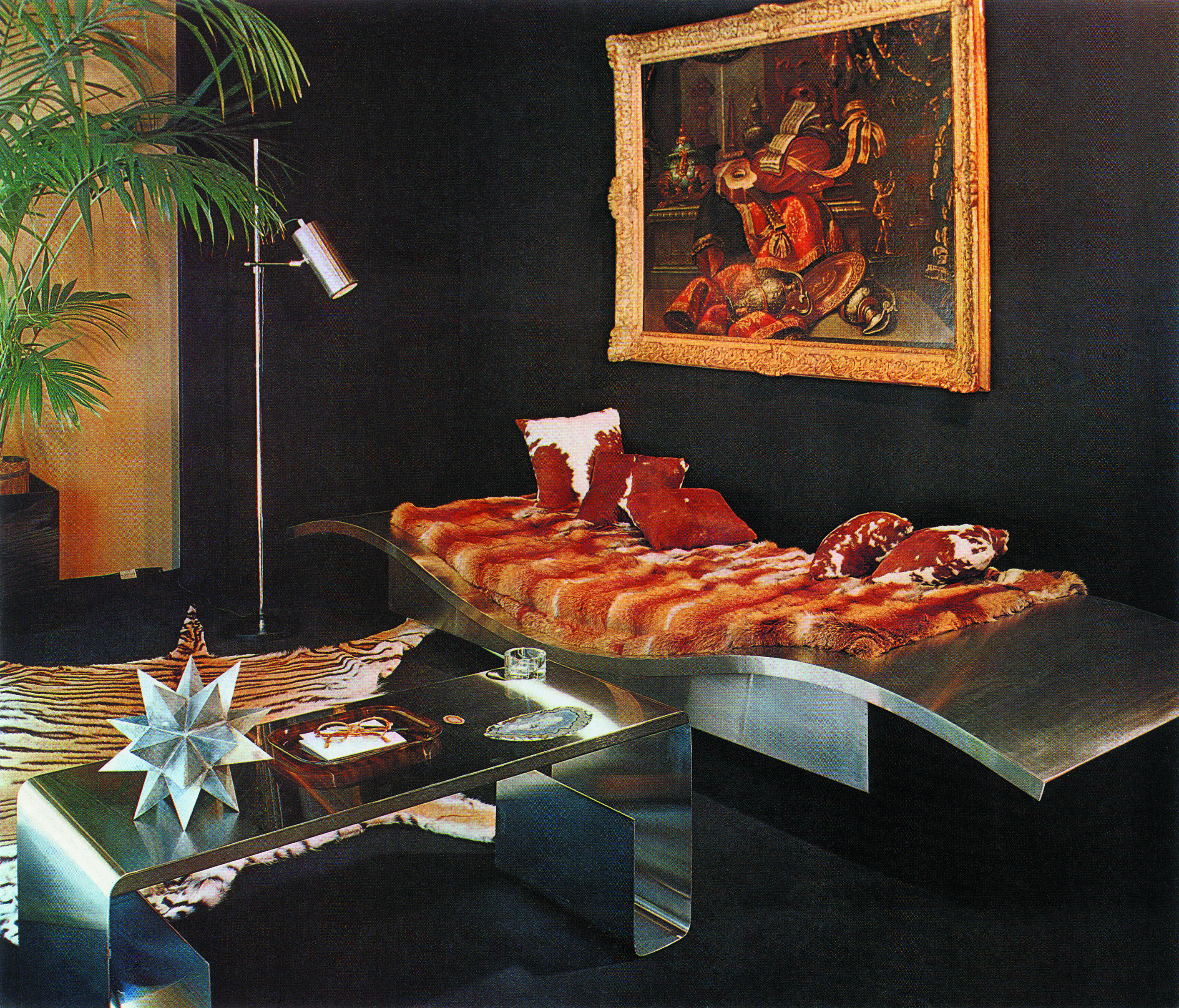
Pergay's ‘Flying Carpet’. From Plaisir de France, 1969
Stainless steel furniture may have captivated the contemporary design world recently, but in many ways, Pergay is to thank: she was pioneering such pieces in the 1960s, long before metal became a top choice for experimental furniture designers. At the time, stainless steel was considered a wholly unusual, and even unsuitable, material for high-end interiors, associated far more with industrial applications and practical kitchenware. But Pergay turned to the affordable, resilient, silvery material to craft surprising works of furniture.
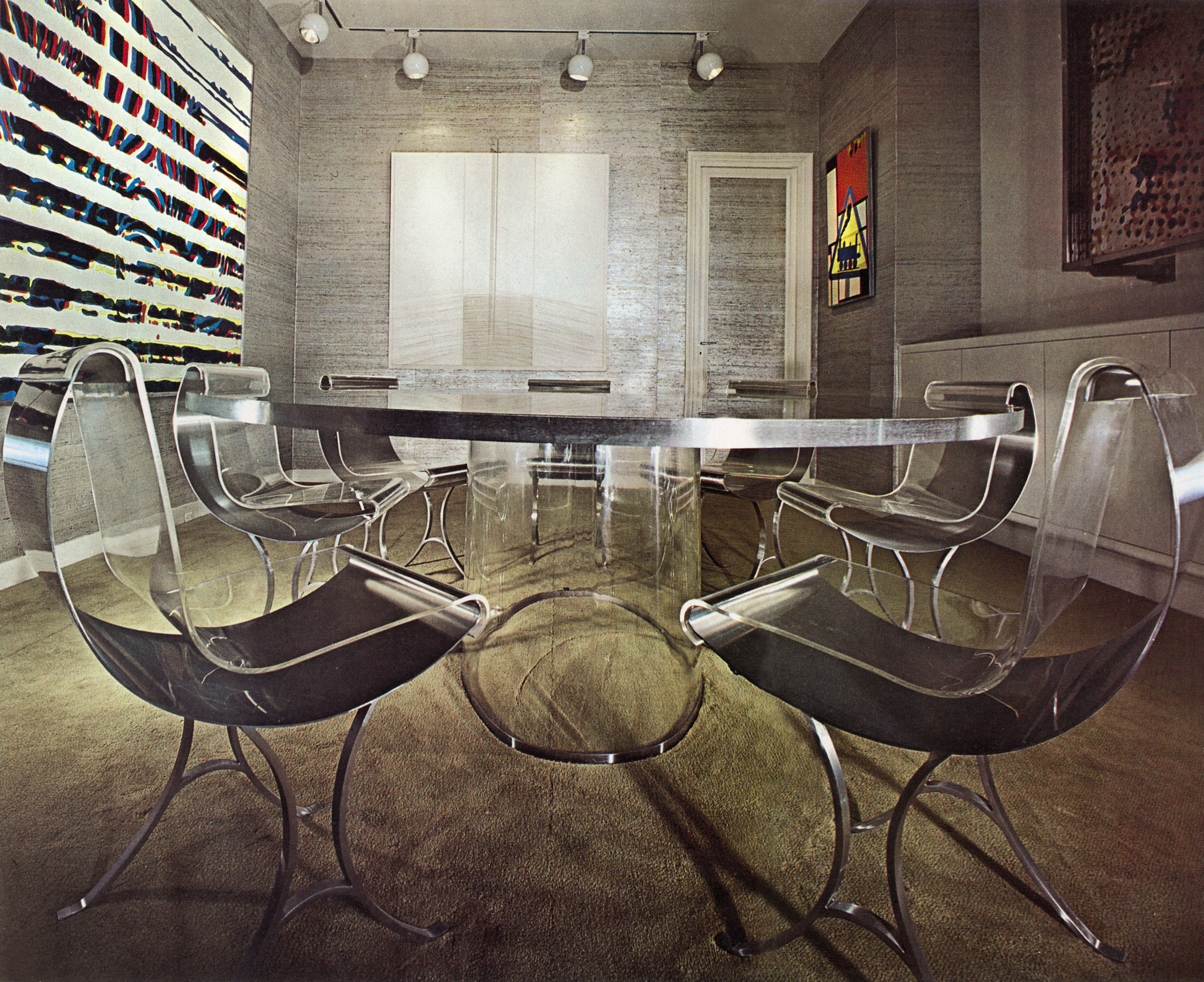
Maria Pergay, oval dining table and chairs with Plexiglas bases, the dining room in Daniel and Marina Varenne’s apartment, 1969-70. From Plaisir de France
Her ‘Flying Carpet Daybed’ from 1968 uses steel as a rippling, minimalist base, its coldness and hardness contrasted with the curved fabric cushioning on top. ‘Ring Chair’, also from 1968, harnesses raw stainless steel alone in concentric bands held aloft by curved bars: a challenge to norms of prevailing comfort while simultaneously speaking to the geometric style of the day. In these and other similar works, Pergay drew from the silhouettes of modernism while pushing materiality in new directions – setting the stage for a transformed idea of modern luxury.
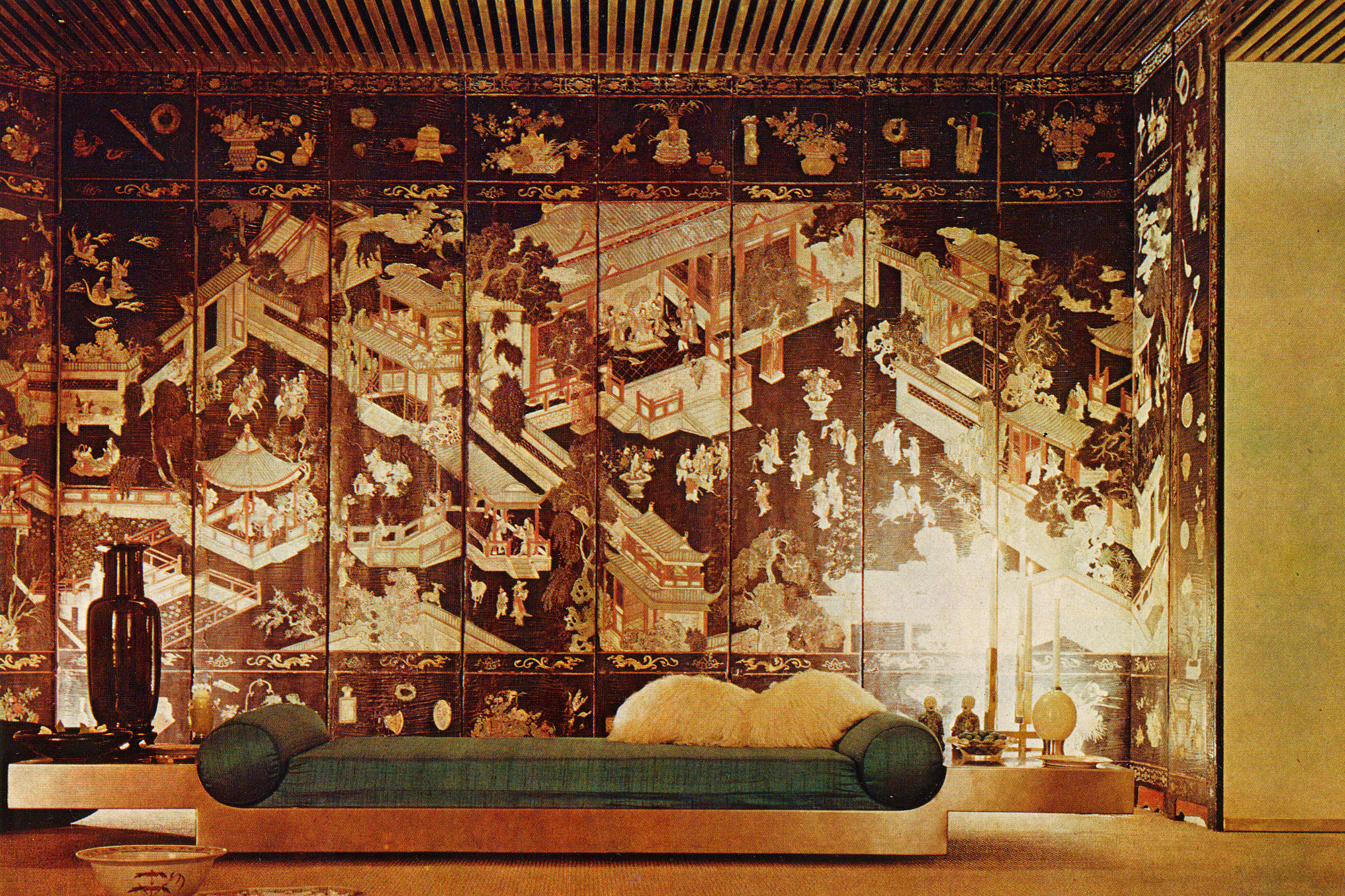
Pergay's ‘Daybed’, 1968
Beyond presenting a survey of her innovative furniture – which Pergay continued to produce into her eighties – ‘Precious Strength’ is conceived as an immersive experience, featuring a series of interior vignettes designed by gallery co-founders Suzanne Demisch and Stéphane Danant that recreate Pergay's aesthetic over the decades. The show features approximately 35 works, alongside personal objects, archival imagery and original sketches.
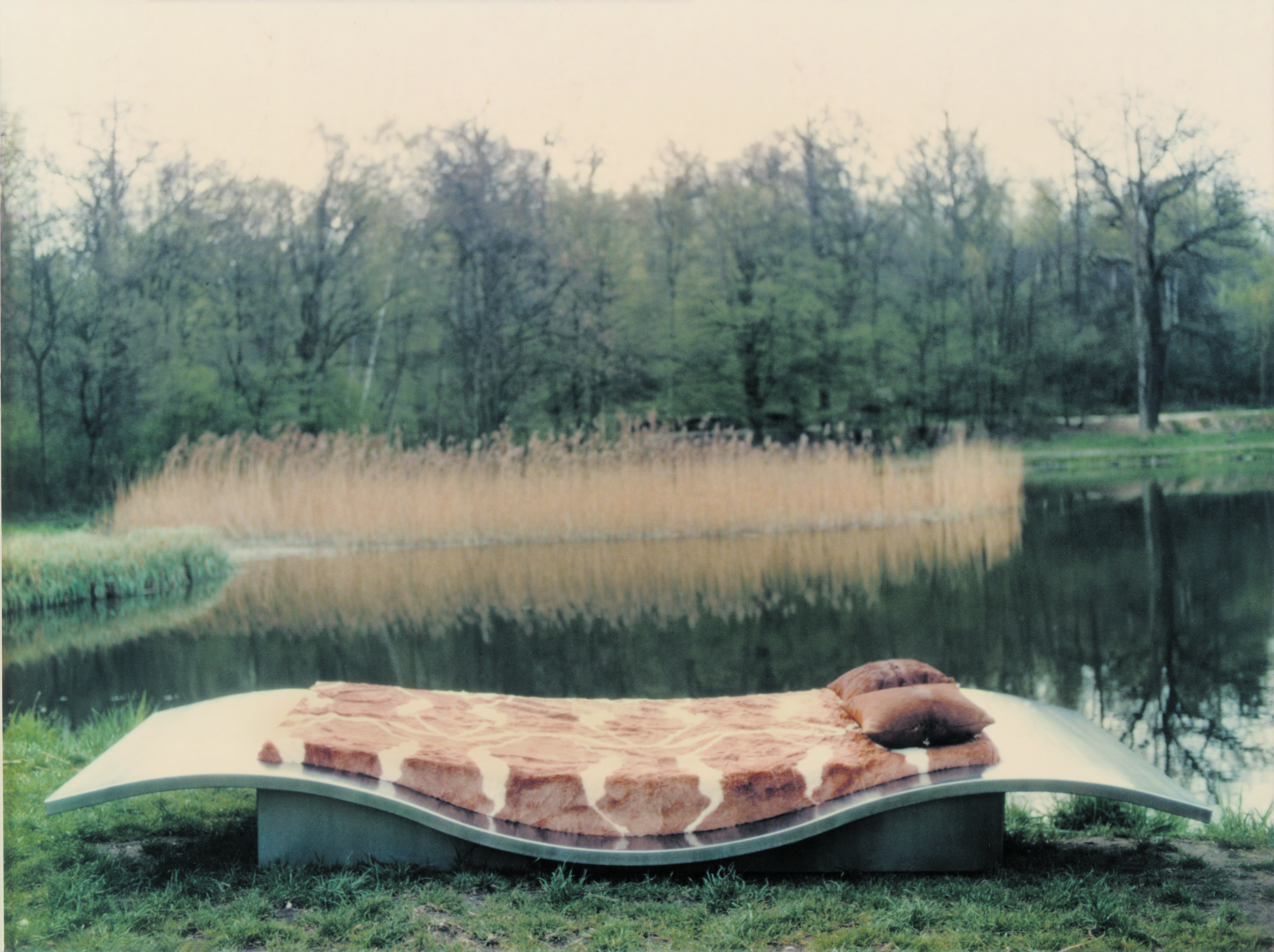
Pergay's ‘Flying Carpet Daybed’, 1969
Demisch and Danant had a close working relationship with Pergay for many years, after discovering her pieces in the late 1990s. ‘Stéphane and I first came across Maria’s work in a Paris flea market, long before we started our gallery,’ says Demisch. ‘We immediately felt there was something special about her designs.’ Noticing a lack of information about Pergay, the duo believed she deserved wider recognition and tracked her down to a home in Morocco to start a decades-long collaboration. They remain her greatest champions.
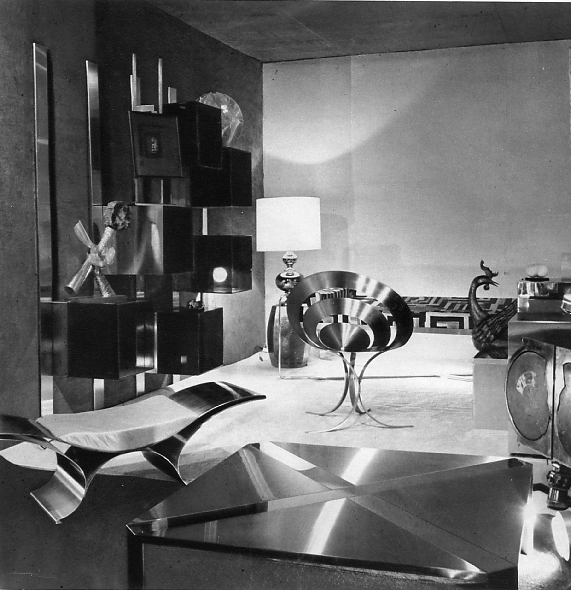
Maria Pergay, ‘S.A.D’ installation
‘She was a true pioneer,’ says Demisch. ‘Maria did not pay attention to trends and was constantly pushing the limits of her practice.’ Danant concurs: ‘She redefined what furniture could be, blending functionality with experimentation and sculptural beauty. There was a level of sophistication she introduced that challenged conventional ideas of design.’
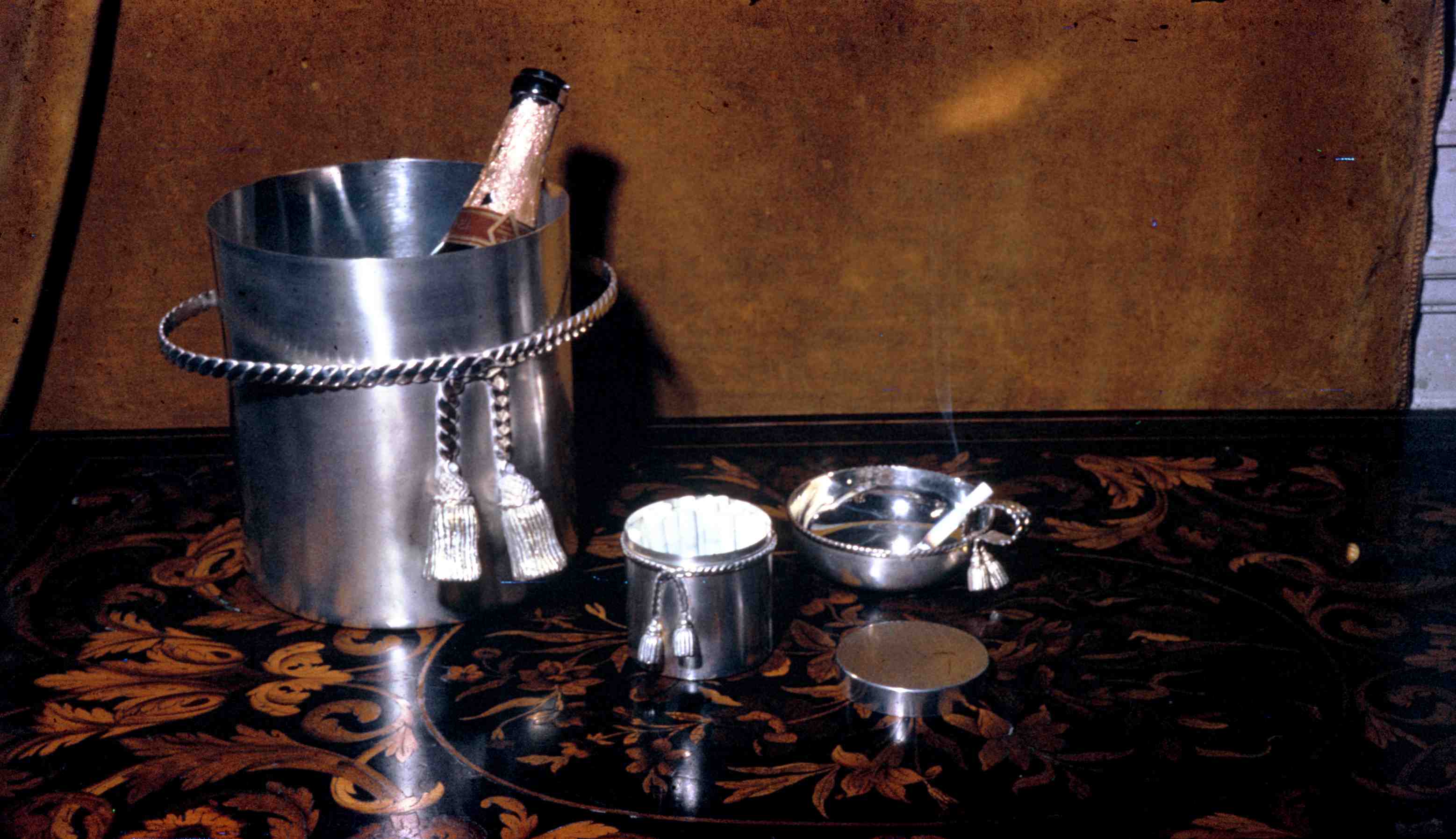
Pergay’s ‘Silver Champagne Bucket with Tassels’, 1960
Pergay continued to innovate throughout her career, blazing a trail in a male-dominated field. She often integrated mother of pearl, lacquer, and precious woods into her stainless steel pieces, creating an aesthetic that was both industrial and seductive, and delightfully playful. In ‘Drape Cabinet B’, 2005, a sheet of undulating raw steel peels back from a layer of striped macassar ebony, bearing an oversized safety pin. Meanwhile, ‘Ribbon Pouf’, 2007, appears as a giant bow in stainless steel: silly yet sophisticated, alluring yet sharp, the piece recalls a pop art sensibility while still feeling ultra-contemporary.
Receive our daily digest of inspiration, escapism and design stories from around the world direct to your inbox.
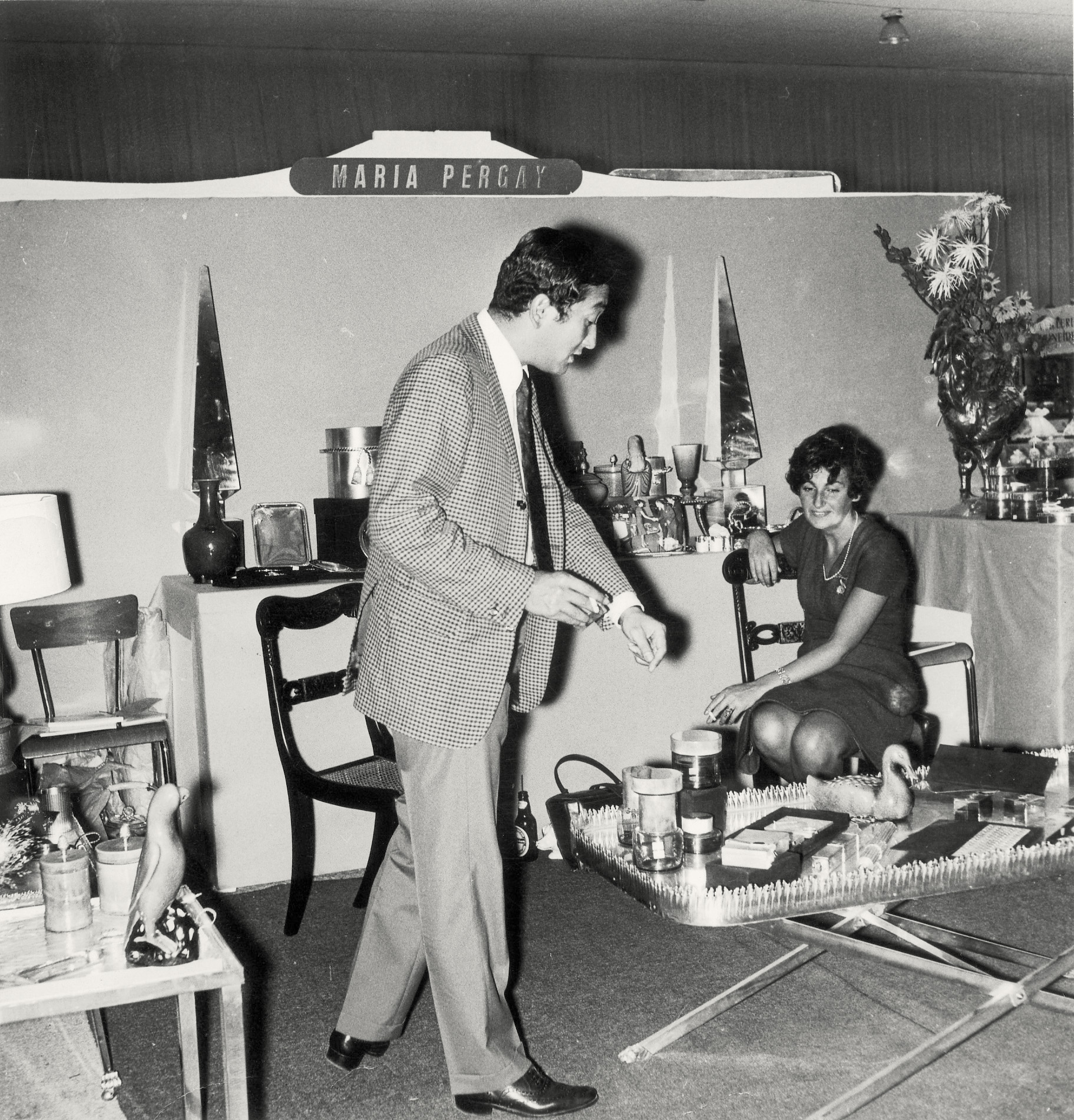
Pergay at Salon Bijorhca, 1957
Without formal design training, Pergay eschewed the siloed conceptions of designer, artist and decorator, instead being led by her own vision. ‘She saw herself as a “captor of ideas”, always following her creative instincts,’ says Danant. ‘More than anything, she wanted people to engage with her work on a deeper level, beyond categories, and to appreciate the originality and boldness behind each piece.’ The gallerists hope the new exhibition achieves just that.
‘Precious Strength: Maria Pergay Across the Decades’, 24 October to 30 November 2024, Demisch Danant, New York, demischdanant.com
Francesca Perry is a London-based writer and editor covering design and culture. She has written for the Financial Times, CNN, The New York Times and Wired. She is the former editor of ICON magazine and a former editor at The Guardian.
-
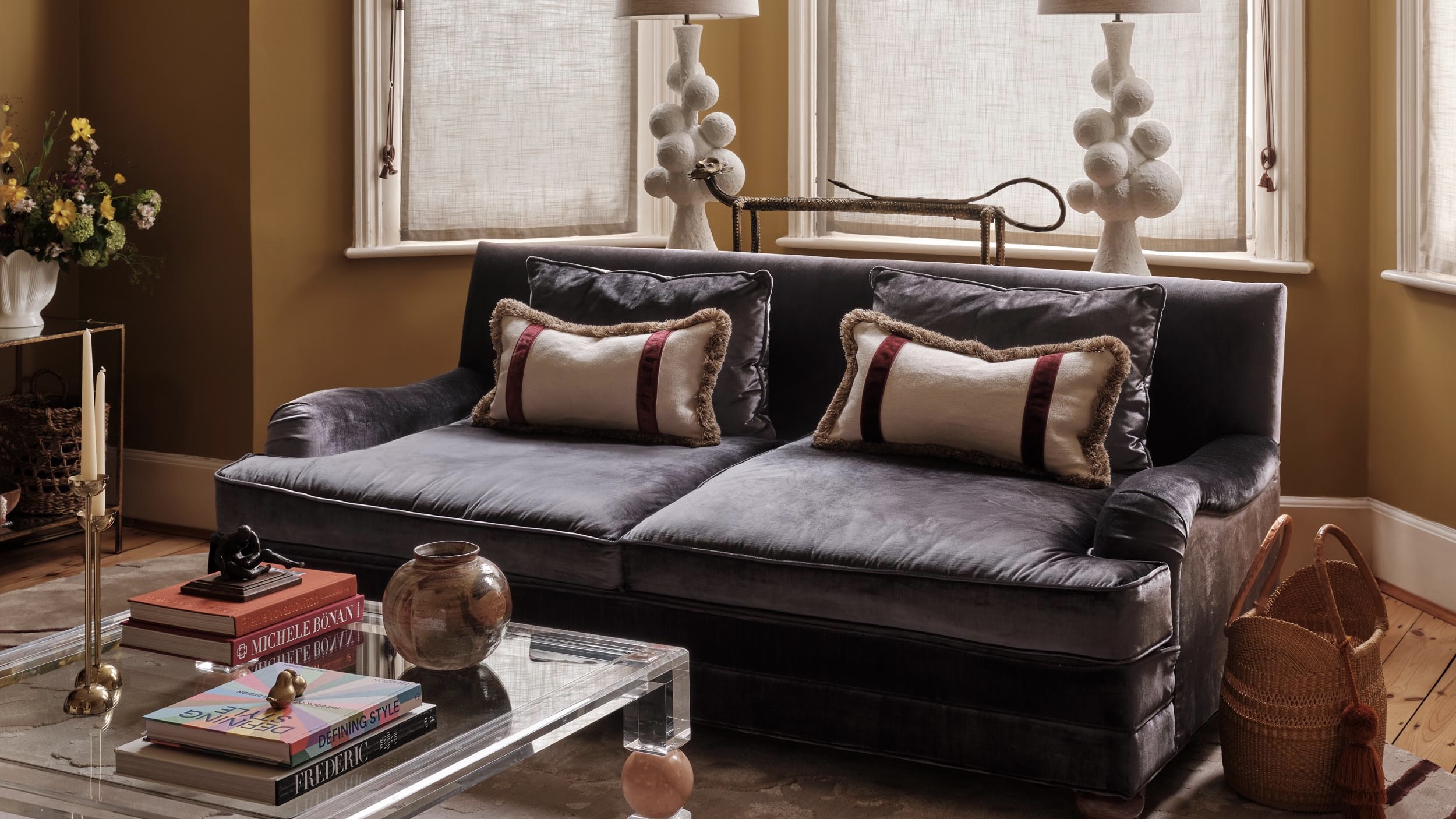 How to elevate a rental with minimal interventions? Charu Gandhi has nailed it with her London home
How to elevate a rental with minimal interventions? Charu Gandhi has nailed it with her London homeFocus on key spaces, work with inherited details, and go big on colour and texture, says Gandhi, an interior designer set on beautifying her tired rental
-
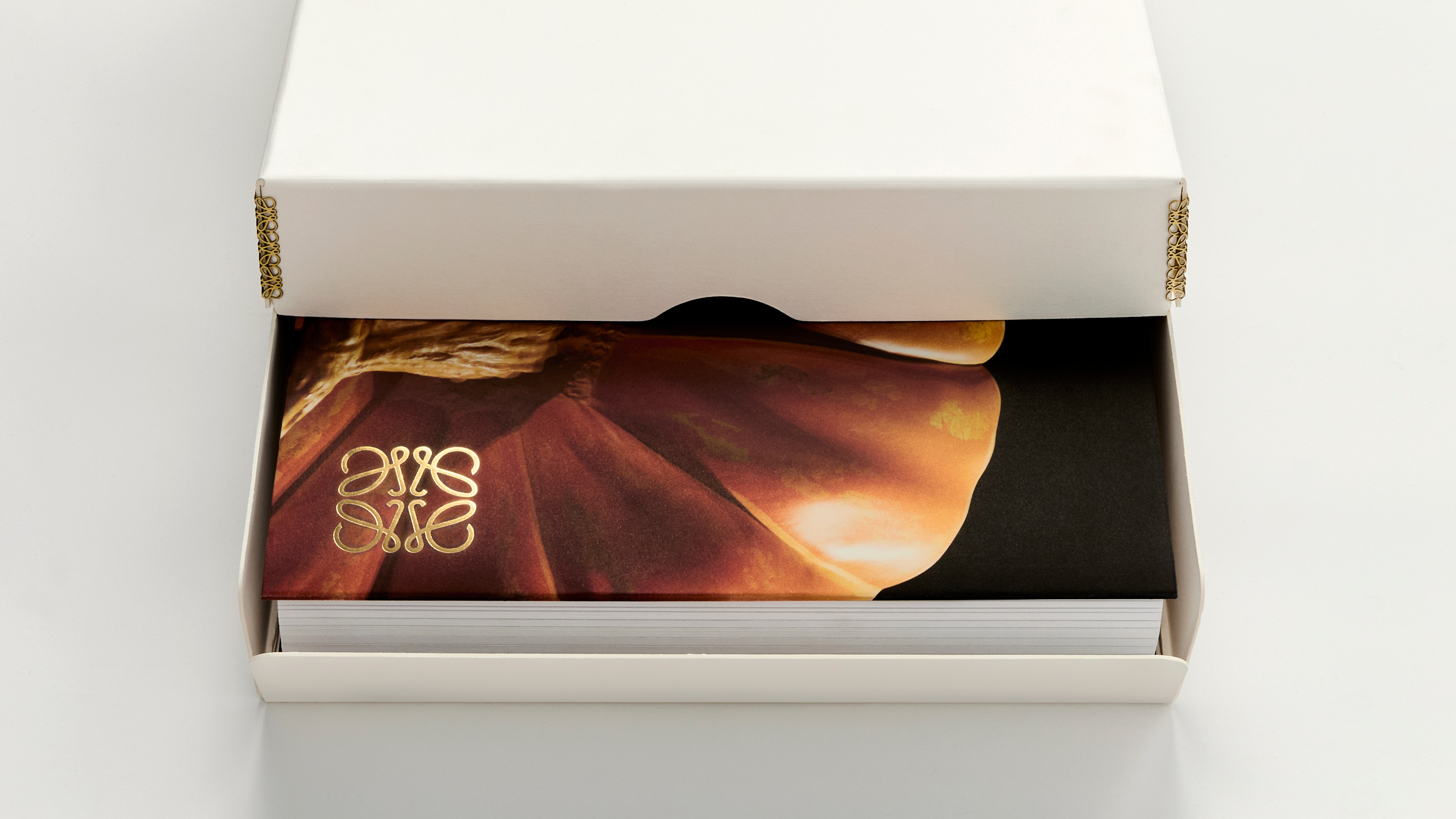 These fashion books, all released in 2025, are the perfect gift for style fans
These fashion books, all released in 2025, are the perfect gift for style fansChosen by the Wallpaper* style editors to inspire, intrigue and delight, these visually enticing tomes for your fashion library span from lush surveys on Loewe and Louis Vuitton to the rebellious style of Rick Owens and Jean Paul Gaultier
-
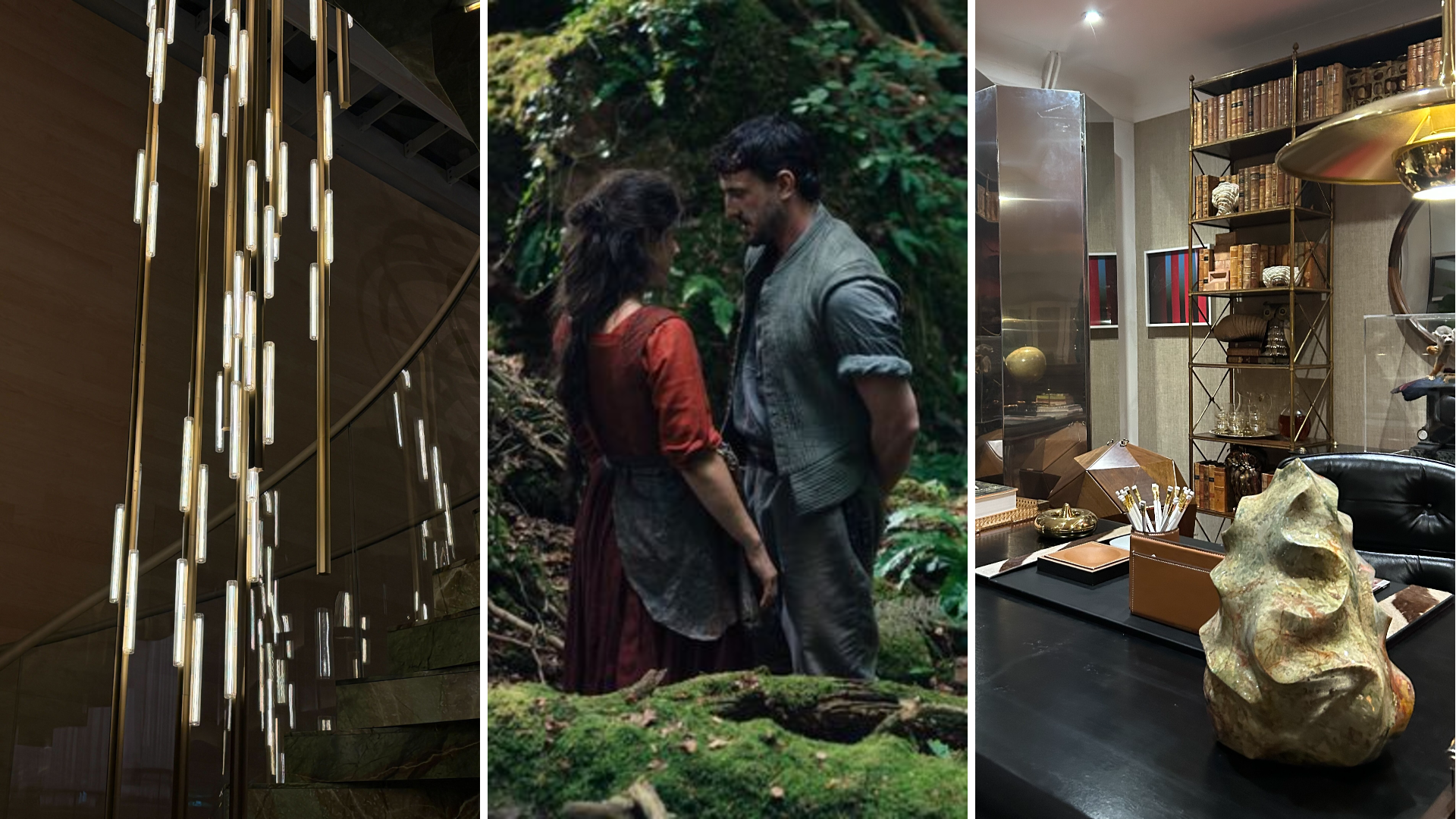 Out of office: The Wallpaper* editors’ picks of the week
Out of office: The Wallpaper* editors’ picks of the weekFar from slowing down for the festive season, the Wallpaper* team is in full swing, hopping from events to openings this week. Sometimes work can feel like play – and we also had time for some festive cocktails and cinematic releases
-
 Meet Goodesign, the modular furniture studio with big dreams
Meet Goodesign, the modular furniture studio with big dreamsWallpaper* speaks to Emmanuel Popoteur, the self-taught designer behind New York’s Goodesign, a studio creating intuitive, adaptable furniture for modern living
-
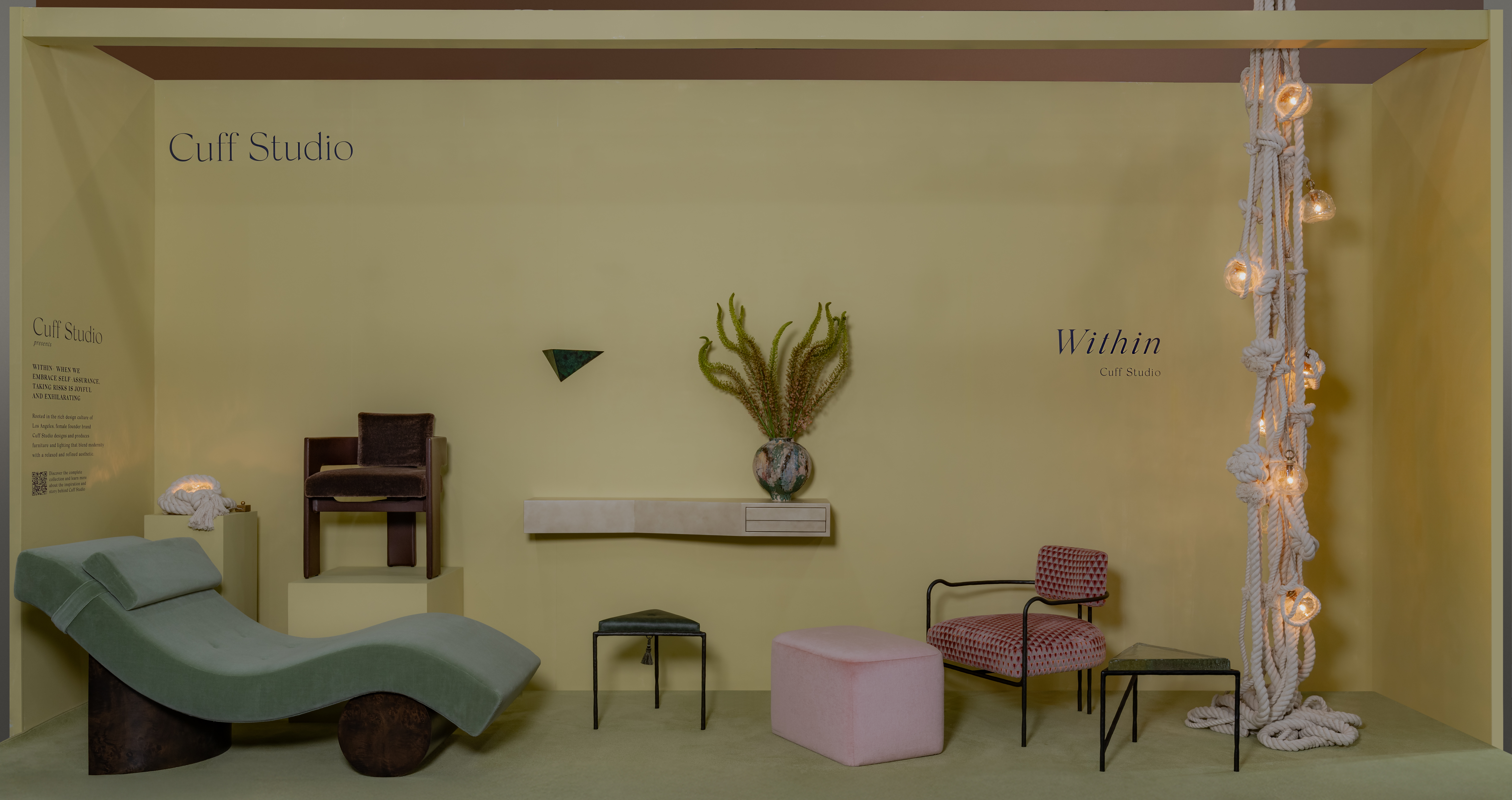 Five things we loved at ICFF this year
Five things we loved at ICFF this yearFrom ceramic sconces to inflatables, here's the furniture and lighting that caught our eye
-
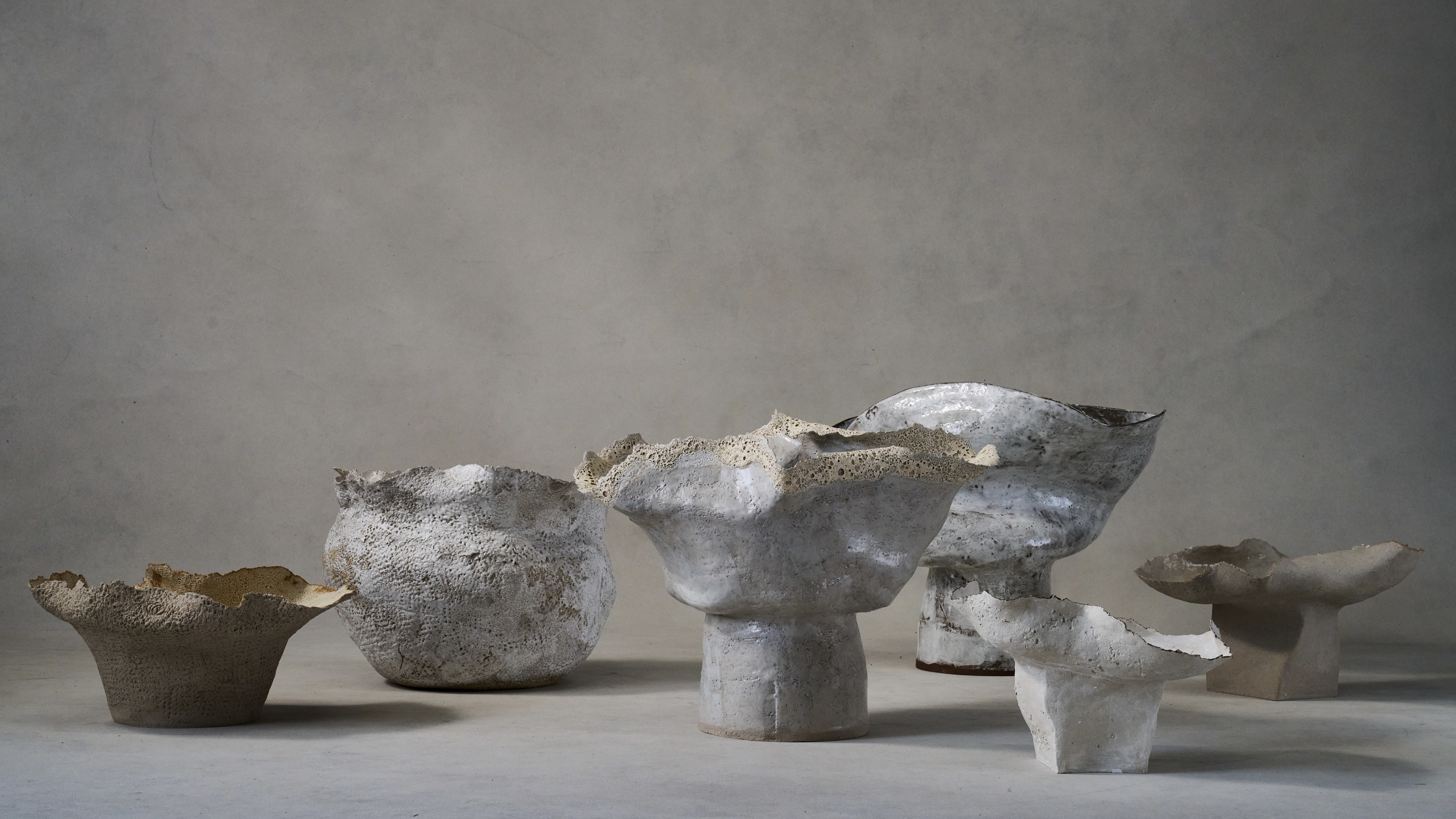 Ludmilla Balkis’ organic, earthy ceramics embody the Basque countryside
Ludmilla Balkis’ organic, earthy ceramics embody the Basque countrysideThe sculptor-ceramicist presents a series inspired by and created from found natural objects in a New York exhibition
-
 Designer Danny Kaplan’s Manhattan showroom is also his apartment: the live-work space reimagined
Designer Danny Kaplan’s Manhattan showroom is also his apartment: the live-work space reimaginedDanny Kaplan’s Manhattan apartment is an extension of his new showroom, itself laid out like a home; he invites us in, including a first look at his private quarters
-
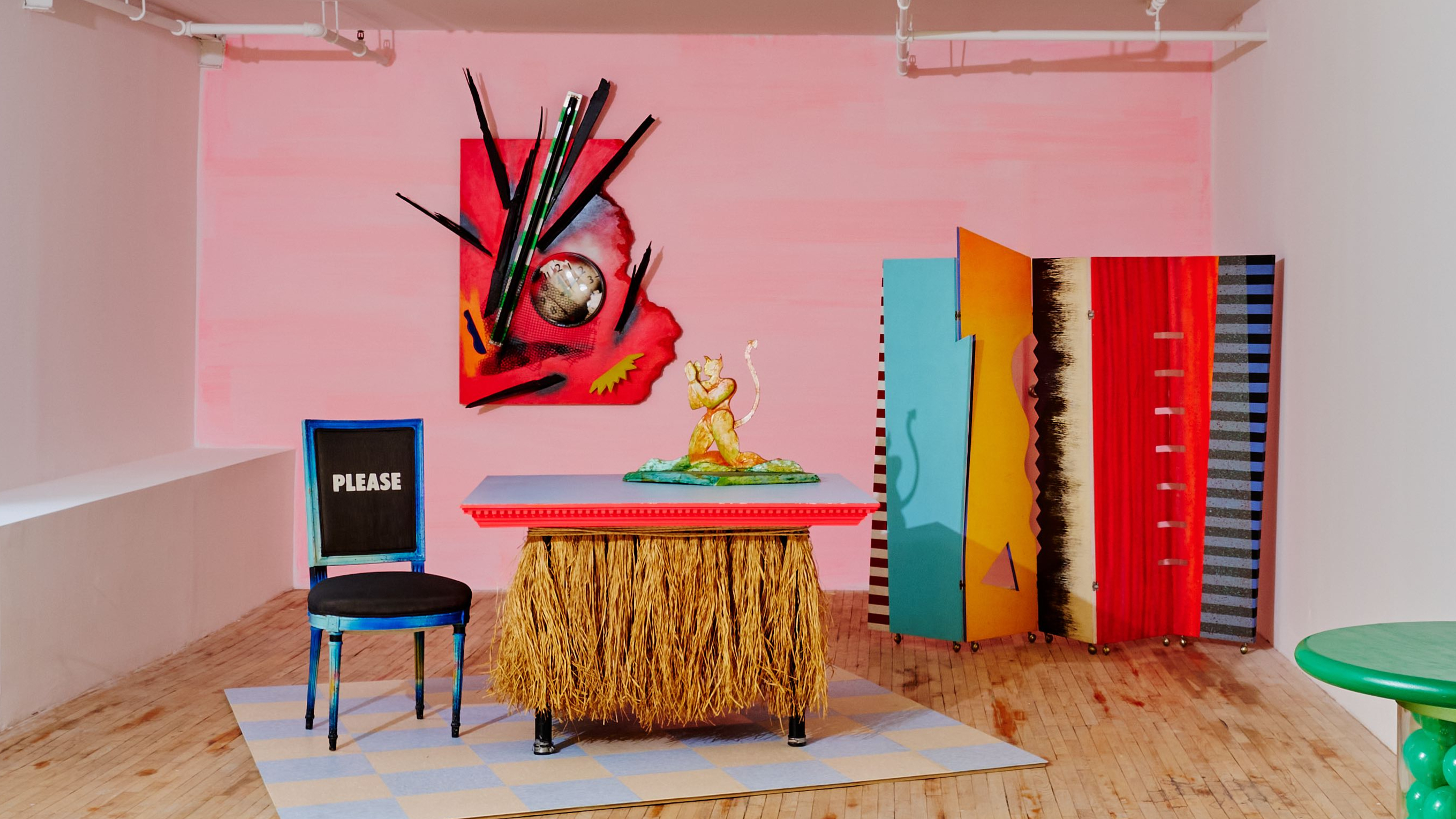 New Superhouse show captures the rebellious spirit of Dan Friedman’s Manhattan apartment
New Superhouse show captures the rebellious spirit of Dan Friedman’s Manhattan apartmentIn the late 1970s, graphic designer and artist Dan Friedman transformed his apartment into a Day-Glo laboratory of ideas. Now, a new exhibition at Superhouse in New York revisits his vibrant, rebellious world
-
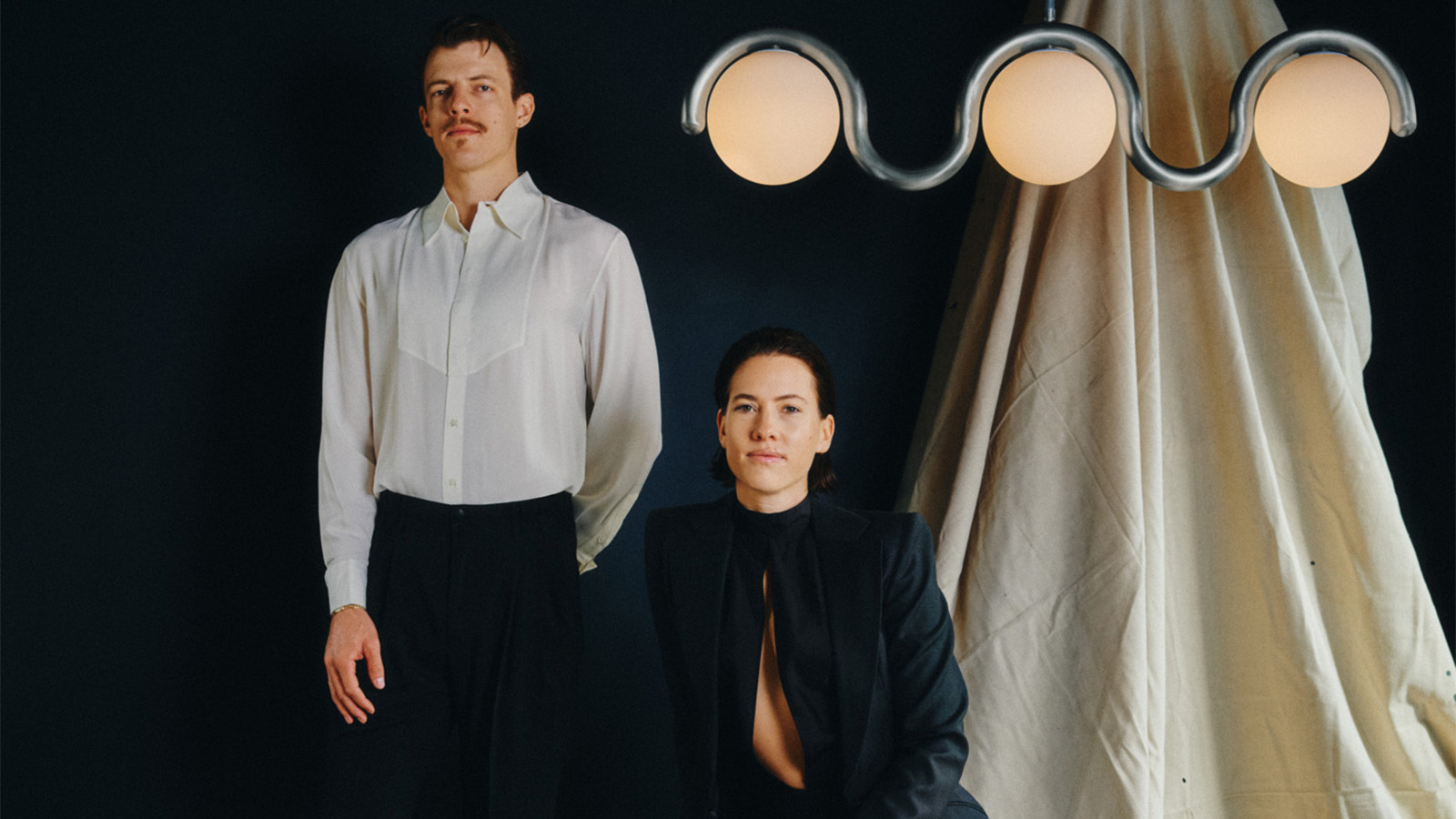 Design practice Astraeus Clarke is inspired by cinema to tell a story and evoke an emotion
Design practice Astraeus Clarke is inspired by cinema to tell a story and evoke an emotionIn a rapidly changing world, the route designers take to discover their calling is increasingly circuitous. Here we speak to Chelsie and Jacob Starley the creative duo behind Astraeus Clarke
-
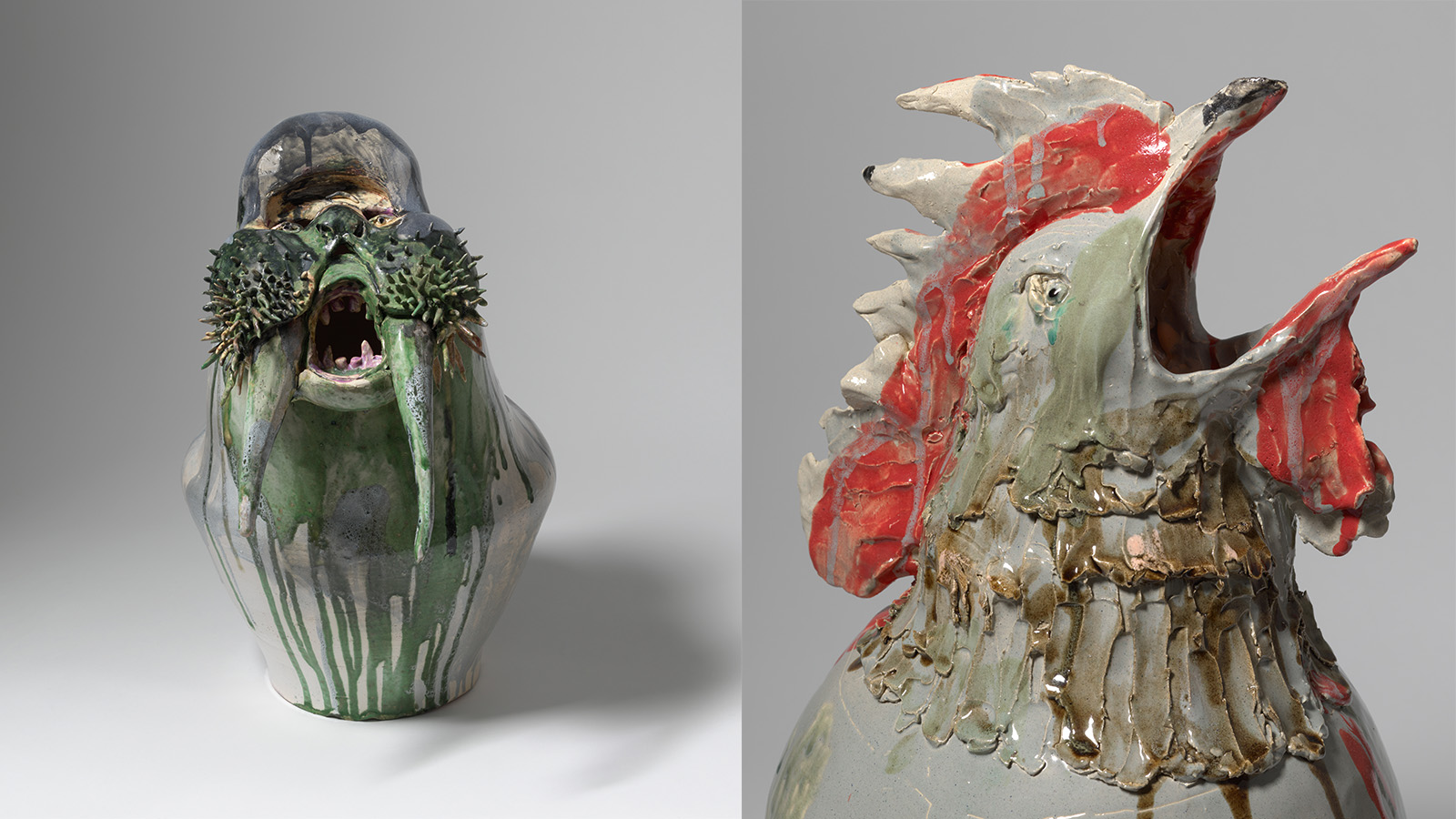 Hella Jongerius’ ‘Angry Animals’ take a humorous and poignant bite out of the climate crisis
Hella Jongerius’ ‘Angry Animals’ take a humorous and poignant bite out of the climate crisisAt Salon 94 Design in New York, Hella Jongerius presents animal ceramics, ‘Bead Tables’ and experimental ‘Textile Studies’ – three series that challenge traditional ideas about function, craft, and narrative
-
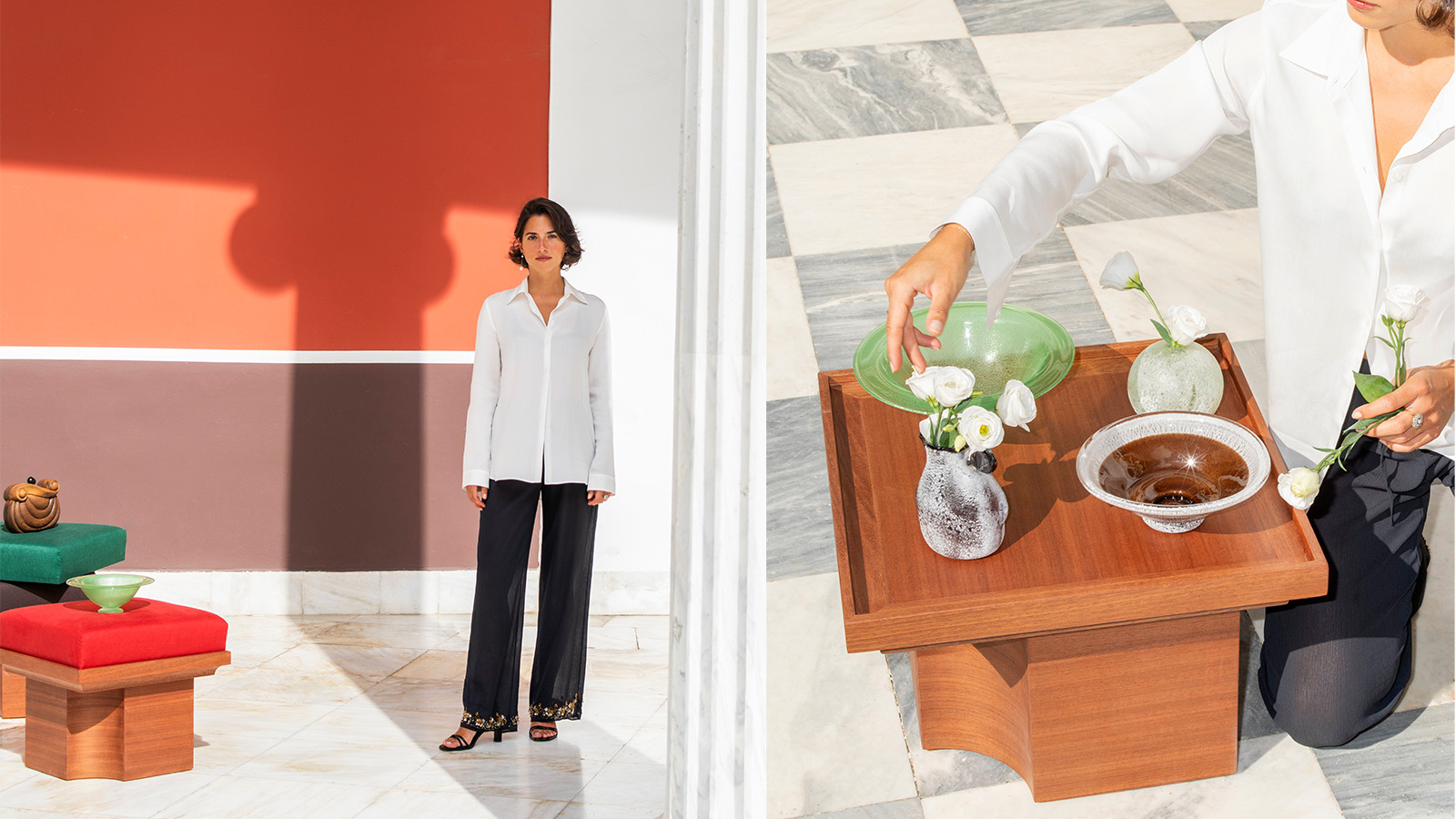 One to Watch: designer Valerie Name infuses contemporary objects and spaces with historical detail
One to Watch: designer Valerie Name infuses contemporary objects and spaces with historical detailFrom vessels to furnishings and interiors, New York- and Athens-based designer Valerie Name finds new relevance for age-old craft techniques